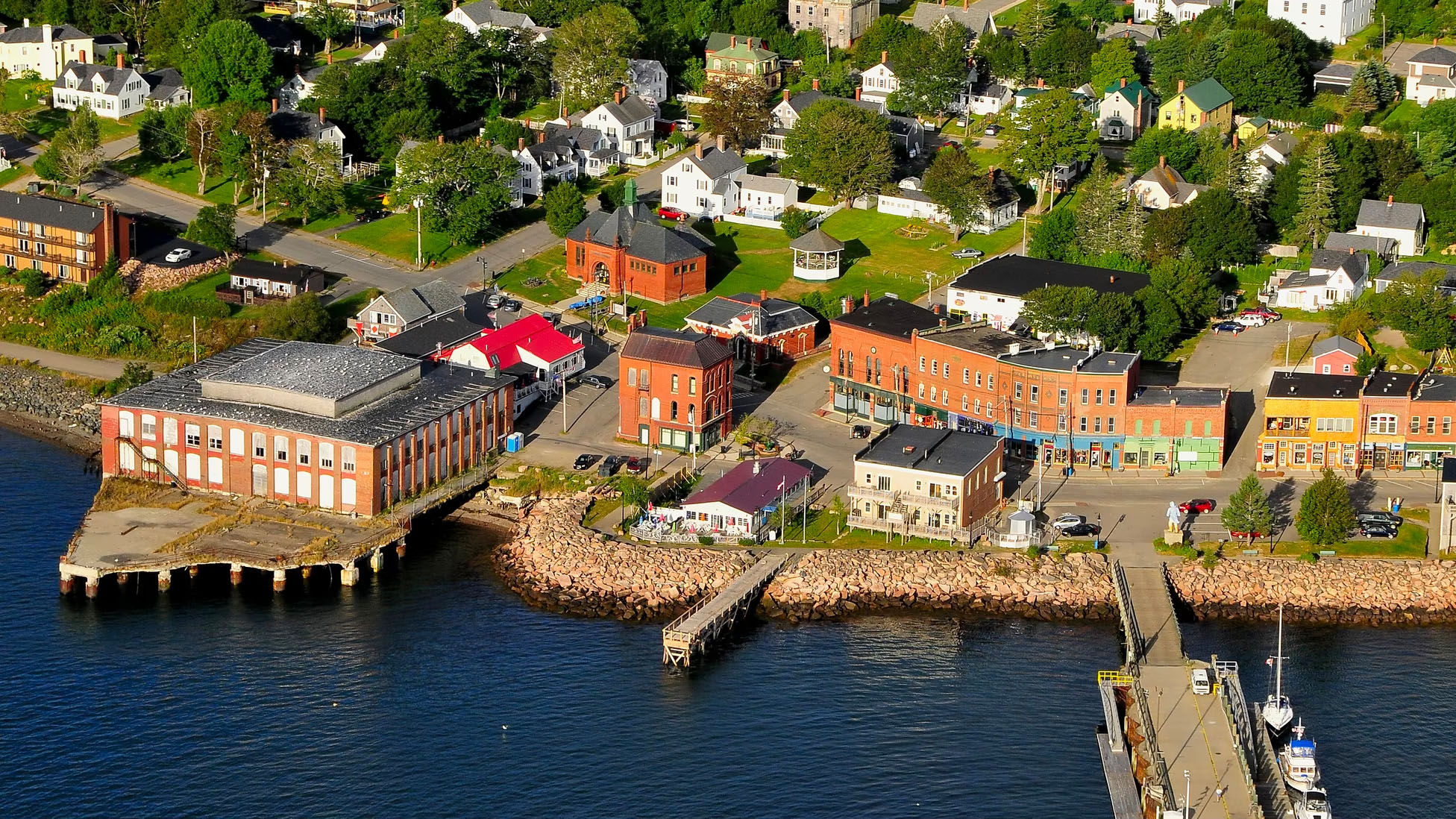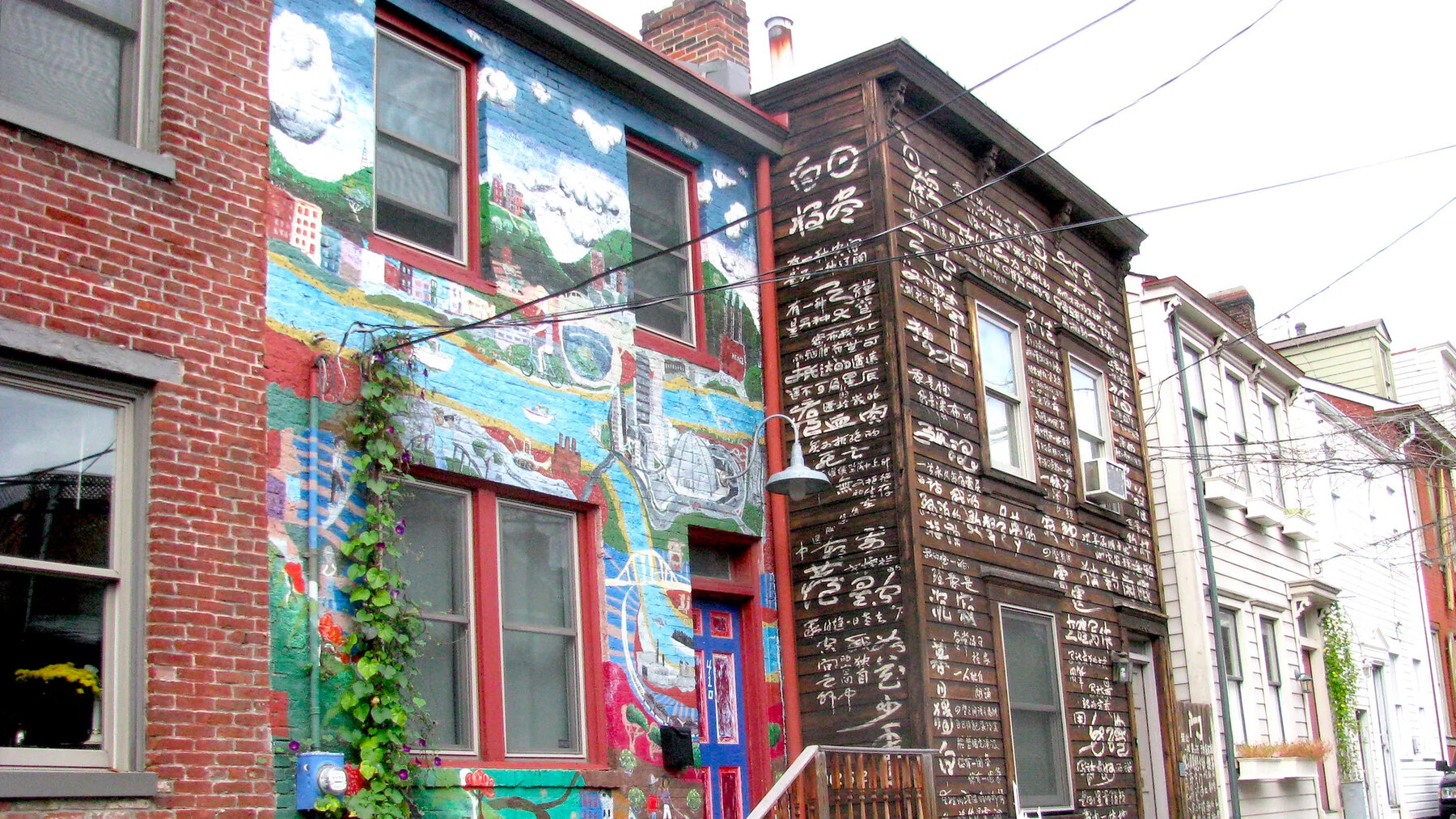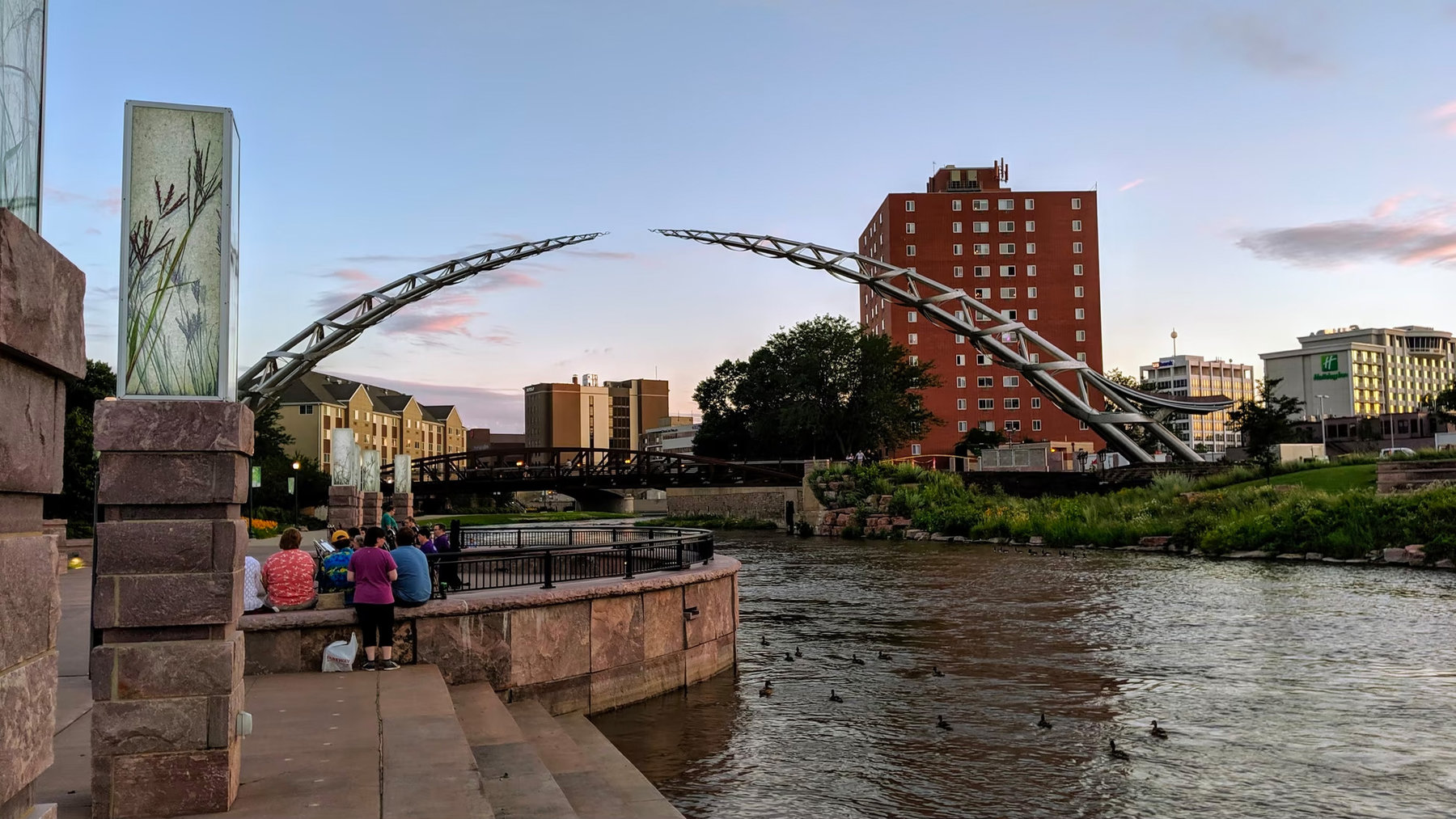Let’s let the Mainers speak for themselves! I’ve tried and tried to describe what Maine-talk sounds like, but I can’t even get close. When I emailed an old friend who grew up in Bangor about the general term of agreement — the “yup” word – I wrote to him “ah yep”, and he shot back “No, no, no. Ay-yuh.”
OK. Uncle. I’ll never pass as a Mainer. But here, thanks to YouTube, is a bona fide Downeasterner, from Eastport no less, who claims he can teach you in one quick easy lesson how to speak like a Mainer.
I heard all this and more during our recent visit to Eastport. And I also stumbled across a great example of an endeavor that linguists call “language planning.” Language planning can take lots of forms: it can be official, like decreeing Canada a bilingual country; or it can be accommodating, like printing voting ballots in multiple languages; or it can be stamping approval, like the dictionaries regularly do when they formally accept new words or new usage in a language.
I would say that little Eastport, Maine, is engaged in some deliberate language planning of its own. Why? Just as Eastporters are looking to the power of the ocean tides to create energy for the world, they are looking to the power of language to create energy for the town. They are changing the public language of the town by talking positive. Here are some of the stories:
Crowd out DE- with RE- : The Commons of Eastport is a place that could be described as a local artisan gallery plus events center, with also small boutique rental units.

We rented one of the units during our recent stay in Eastport. The Commons, along with the Waco Diner (pronounced “wacko”; our daily breakfast), the Happy Crab (daily lunch), the Liberty Café (daily dinner) and Dastardly Dick’s (daily latte) are probably the 5 year-round centers of action along Eastport’s main street, Water Street. They are always full of people, who seem to punctuate their days by stopping in one or another of the places from time to time. We found that if we were looking for someone, we could just hang out in one spot or another, and that person would be likely to eventually drop by.
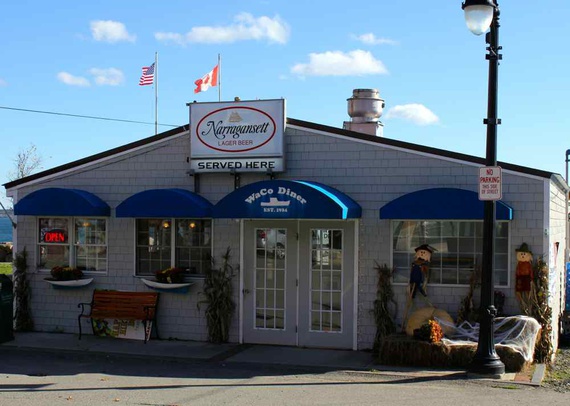
The Women of The Commons, as the group of founders call themselves, are some of the cultural stake-setters of Eastport. They have built this place, and three among them are planning a second more ambitious project. The women have been at this a long time, about a dozen years now, building with conservative patience and care, and yet the enthusiasm of a startup.
Linda Godfrey, who is one of the partners, told me how she and some other women noticed several years back – when Eastport was beginning to show its colors – that in reporting about the town, media seemed stuck in how they were referring to Eastport.
She pointed to what they called the DE- words: “The most used de-words were words like: depressed, dependent, decline, despair, and were usually used in comments about economics, services, schools, population.” And continues, “it just seemed the “de” words were ever-present — even if the story itself was a positive one — the last paragraph left a negative conclusion.”
So, the group focused on a campaign to crowd out the DE- words with RE- words, words like rebound, rediscover, redesign, reverse, renew, re-energize, re-emerge. They encouraged reporters and politicians to think about using those words instead.
Gradually, Godfrey reported, their campaign seems to have worked. As background for a new project, they recently harvested a few dozen Eastport stories written in the last few years, and not a single one included a final negative paragraph.
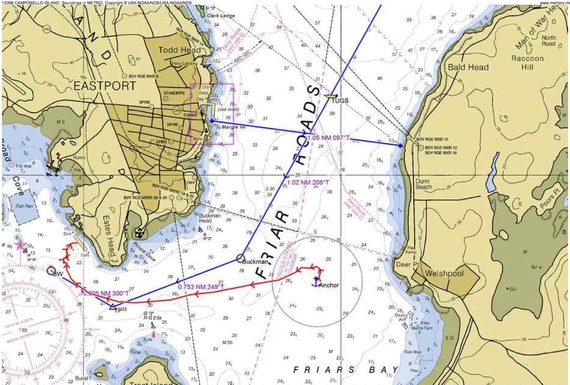
Not a bug but a feature: Several Eastport residents told me versions of a deliberate vocabulary shift, which also reflect this look toward the positive side. It is about Eastport’s next-door neighbor, Canada. You could draw a line down through the mile-wide channel called Friar Roads, with Eastport to the west and Campobello Island, in Canada, to the east. (See image above.) Canada is right there, an important partner to this area in trade, culture, recreation, you name it. I heard a number of Eastporters remark about how they refer to the dividing line: We don’t call it a border; we call it an opportunity.
Just say YES: This is a teaser. I’m not going to reveal the plot line, which will appear in the next issue of The Atlantic (Subscribe!). But here is a little piece of the story: Chris Gardner, the director of the Port of Eastport, insisted the response to a rather wild-and-crazy project that had been proposed to the Port of Eastport should be positive. “Tell them YES!” said Gardner, “or somebody else will.”
Rephrase the question: Many Eastporters, whether from the arts, from industry, or from development offered some way of refocusing the issues in front of them. Whatever big challenge was coming along, they reported a turnabout in how to think about it. In sum, that they no longer asked “Can it be done?” but “Do we have the will to do it?”
Marketing with introspective gusto: Marketing is always going to be positive, and Eastport is engaging in mental exercises to chop up the same old phrases and replace them with new ones. This means going beyond the usual “land of first sunrise” to include the first moonlight and the first stars.

Or to remember that winter fog can be called, more evocatively, sea smoke. Or to offer a new reference to the close-by tidal whirlpool, the Old Sow, by calling it an Aqua Vortex. Old Sow is too great a name to ever give up, but calling it an aqua vortex does lend a dignity to the largest tidal whirlpool in the western hemisphere.
Half full: This pretty much sums up the linguistic spirit of Eastport. People are finding a better, more positive way to talk about their town – whether it is dumping the negative words, finding new, spirited words, reframing questions and comments, or simply saying something out loud – YES!—when they might be thinking to themselves, “How are we going to do that?” They believe, I think, that the power of words will bring them one step closer to realizing change.

